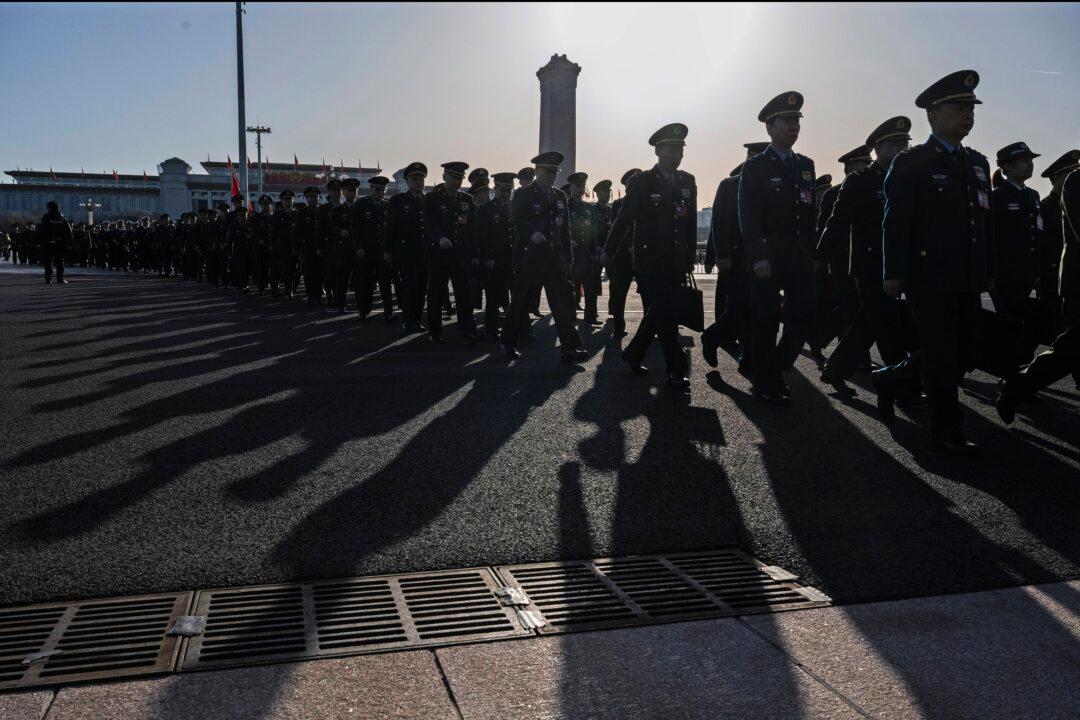China’s restructuring of its military academies is a targeted effort to prepare for high-tech, joint warfare in the Indo–Pacific.
On May 15, Senior Colonel Jiang Bin, the newly appointed spokesperson of the Ministry of National Defense, announced a major restructuring of the Chinese military’s education system. Approved by the Central Military Commission, the reform establishes three new academies intended to align officer training with the evolving organizational structure of the People’s Liberation Army (PLA): the University of Army Branches in Hefei, the Information Support Force Engineering University in Wuhan, and the Joint Logistics Support Force Engineering University in Chongqing.
These developments directly affect the Indo–Pacific security environment, enhancing the PLA’s ability to project power, sustain operations, and compete in non-kinetic domains, such as electronic warfare and information control.
These new academies are designated as higher education institutions and will recruit high school graduates through China’s national military recruitment system. Details on majors, enrollment quotas, and academic schedules will be released in coordination with national recruitment authorities.
This model of branch-specific training differs significantly from the U.S. approach, where federal academies operate at the service level rather than by operational branch. These include the Military Academy at West Point (Army, Department of Defense), Naval Academy at Annapolis (Navy, Department of Defense), Air Force Academy (Air Force, Department of Defense), Coast Guard Academy (Department of Homeland Security), and Merchant Marine Academy (Department of Transportation).
U.S. academies commission graduates broadly into their respective services, with specialization, such as cyber, logistics, or aviation, occurring after commissioning through dedicated branch schools. The Marine Corps and Space Force branches do not operate their own academies; instead, they draw officers from the Naval and Air Force academies, respectively.
By contrast, China’s new academies commission officers directly into specific branches such as the Information Support Force and the Joint Logistics Support Force, rather than broadly into service-level commands. The PLA University of Army Branches is fully dedicated to branch-level training and was created by merging the Army Academy of Armored Forces with the Army Academy of Artillery and Air Defense.
The Information Support Force Engineering University was formed by combining the Information and Communication College of the National University of Defense Technology with the Communication Non-Commissioned Officer (NCO) School of the Army Engineering University. The Joint Logistics Support Force Engineering University in Chongqing was created by consolidating the Army Logistics Academy, the Army Military Transportation University, and the affiliated Automobile NCO Academy.
The current overhaul aligns new command structures with dedicated institutions focused on cyber, logistics, and high-tech warfare, reflecting the CCP’s recognition that modern combat requires engineers and systems operators, not just ideological conformity or frontline combat troops. According to Zhang Junshe, a former PLA Naval Research Academy researcher, the reform consolidates scattered resources to “enhance the professionalism of education” and produce a system “greater than the sum of its parts.”
For Washington and its allies, these developments highlight the urgency of strengthening cyber defenses, sustaining technological superiority, and reinforcing Indo–Pacific defense capabilities and alliances.







